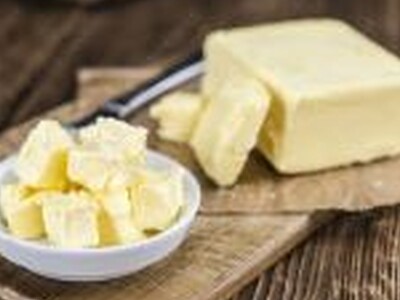Vilsack on Climate Change Part 3
Vilsack on Climate Change Part 3. I’m Greg Martin with today’s Line On Agriculture.
Today we wrap up our visit with Ag Secretary Tom Vilsack who took time earlier this week to chat with members of the National Association of Farm Broadcasters about the Climate Change legislation and its impact on the ag community. One question involved what farm lands would qualify for credits under the program.
VILSACK: We’re hopeful all of those lands will potentially be available for allowances and offsets. In terms of land that can be – you’ve got row crop land, you basically are talking about potentially no-till farming, you’re talking about changes in cover crop, you’re talking about crop rotation, you’re talking about the possibility of using different kinds of fertilizer or at different times of the year all of which may qualify for offsets.
Vilsack says that existing timberland could potentially qualify but there are still some aspects to figure out. Another issue posed to the Secretary was how the payment structure is being determined.
VILSACK: I took into consideration what we likely think will be a market when you essentially have cap & trade legislation. I don’t think it’s quite accurate to take a look at a voluntary market that is not necessarily part of a national and international effort and try to determine from that what the market will likely be. If memory serves me correctly I think that there was some belief that a ton will be somewhere in the neighborhood of $15 or $16 a ton and that’s a realistic number based on a nationwide cap & trade system.
Many ag producers are afraid of rising fuel bills and energy costs that won’t be affected enough by the cap & trade proposal.
VILSACK: On the fertilizer side you have to understand the legislation as currently crafted provides allowances, assistance and incentives to the fertilizer industry and other industries that could potentially be impacted by this so that we do not anticipate in the early going that you’re going to see any significant increase in fertilizer costs that can directly be attributed to cap & trade. They will be receiving in essence financial assistance to offset whatever might be the case
Finally a major drawback to cap & trade is whether the
VILSACK: There’s no question in order for the United States to be effective in being able to move countries like China and India and other developing nations to the table and to take aggressive steps to make sure their own houses are in order, it’s going to be necessary for the United States to show some leadership. We are not going to convince the rest of the world that we are serious about this unless we pass legislation that reflects how serious we are.
That’s today’s Line On Agriculture. I’m Greg Martin on the Northwest Ag Information Network.

















